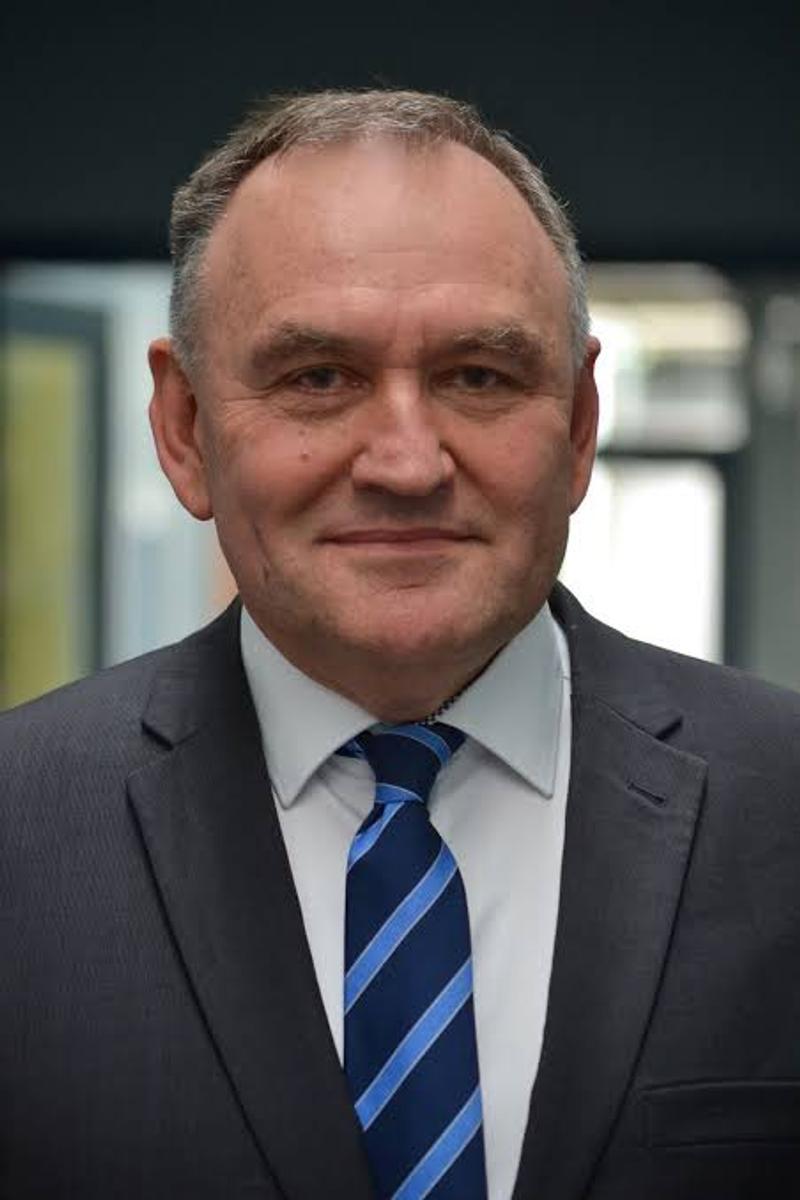From the Memory Box
Henry Grossek- Principal Berwick Lodge Primary School

From the Memory Box
Henry Grossek- Principal Berwick Lodge Primary School
Issue No 16


What a difference a couple of decades can make. Thirty years ago, the Victorian public system had just endured the greatest loss of teaching staff in one fell swoop. Thirty-one years ago, to the month, the Kennett government swept into office in Victoria, this heralding seismic changes to public education. Under the banner of the Schools of the Future program, principals were charged with the responsibility of sacking their cleaning staff and identifying teachers under the new staffing schedules, as surplus to requirements. In effect, the culling of the teaching staff of public schools. Some principals simply couldn’t cope and left the profession themselves. It was brutal stuff.
By the end of 1993, thousands of teachers had followed suit. Many of those were top-shelf teachers – having taken the opportunity to remove themselves from the profession, taking with them a financial inducement from the government to do so. The reason for all this? The state government had decided that there were too many teachers in the system. Some might say we have never fully recovered from that time.
Fast forward to now. Governments across our country, and indeed in overseas countries too, are desperately clutching at a range of options, to stop the exodus of teachers and principals. Simultaneously they are attempting, with little success to date, to attract others to the profession. A so-called glut, to famine in just 30 years! How has it come to this? One could argue that our governments, over time. have not paid due respect to the needs of public education – and now we are all reaping the fallout.
There’s an awful lot of doom and gloom around our profession at the moment. But that’s not all. History paints a hopeful picture, if for no greater reason that there are always some people who refuse to give up. That’s the way of the human species.
At the coal face, in schools you will still invariably find smiling, engaged children, not all, but enough to generate energy, the driving force of hope. Teachers too – tired, even despondent they may be, yet they push on. School leaders that stay, continue to give their all. There are great things happening in our public schools across our nation. The media appears to be picking up on the crisis that we are facing.
At the core of where public education will land in the next 20 years is the degree to which that fundamental need, hope is nurtured. That is just the start of it. Research abounds that strongly indicates the importance of hope to our wellbeing. Adam P. Stern, Associate Professor of Psychiatry, Harvard Medical School, Hope: Why it Matters (2021), sets out the case for nurturing hope. For example, among young adults with chronic illnesses, greater degrees of hope are associated with improved coping, well-being and engagement in healthy behaviours. It is an essential factor for developing both maturity and resilience.
Hope, is an essential component of our well-being. When it is seems to be in short supply, as it currently appears in our profession, what can we do? To start with, research shows that practicing gratitude helps.Noticing the ‘sunshine’ in our schools, however minute impacts – our students, our colleagues, collegiality all contribute. For some, taking on the bigger picture is a trigger for hope.
Above all else, when hope is grounded in realism, it serves many positive purposes. False hope on the other hand can be quite devastating in many ways. Therein lies the challenge for our governments. Time is on the wing.